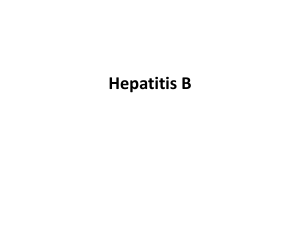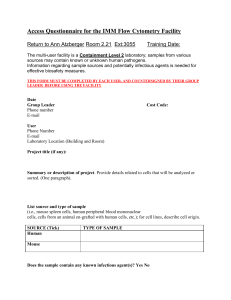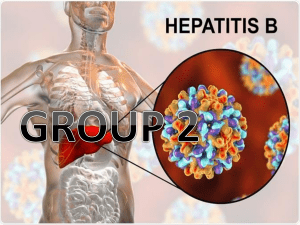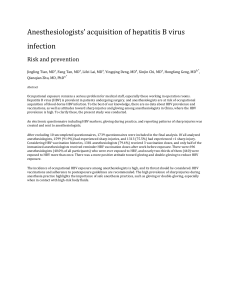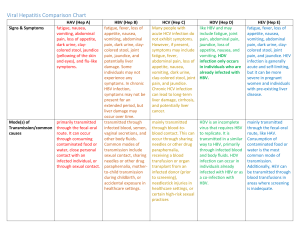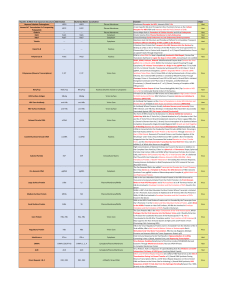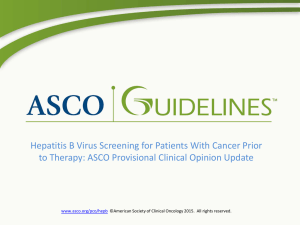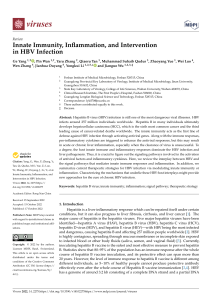A Most Challenging Problem
advertisement
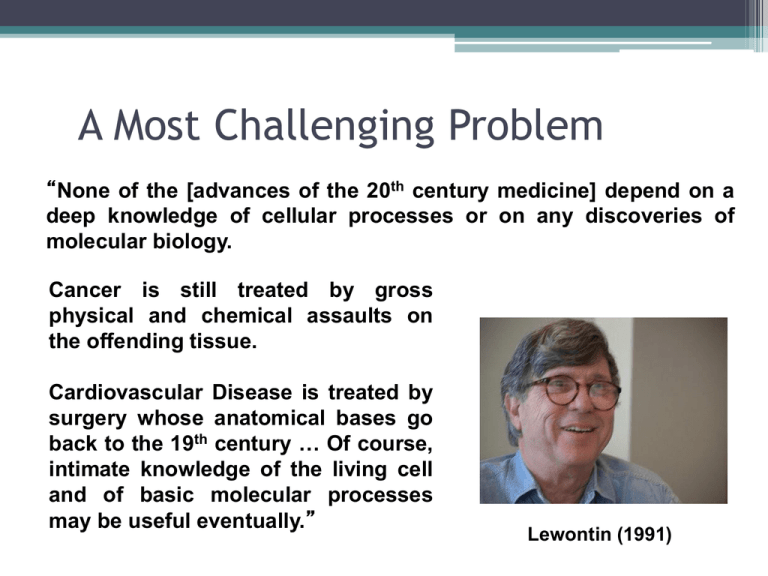
A Most Challenging Problem “None of the [advances of the 20th century medicine] depend on a deep knowledge of cellular processes or on any discoveries of molecular biology. Cancer is still treated by gross physical and chemical assaults on the offending tissue. Cardiovascular Disease is treated by surgery whose anatomical bases go back to the 19th century … Of course, intimate knowledge of the living cell and of basic molecular processes may be useful eventually.” Lewontin (1991) 10 years later… “A decade later, molecular biology can claim very few successes for drugs in clinical use that were designed ab initio to control a specific component of a pathway linked to disease: these include the monoclonal antibody Herceptin, and the kinase inhibitor Gleevec.” Reik, Gregory and Urnov (2002) Herceptin Antibody Imatinib (Gleevac) We now have The Human Genome Frontiers of Complexity Baruch Blumberg (19252011) Nobel Laureate in Medicine (1976) My experience is that, in medicine, where observational science is crucial, the complexities of a phenomenon can be understood, at least in part, by repeated observations of a whole organism or a population of organisms under a wide range of circumstances; all the variables are retained and as many as possible are examined. For example, in studies of disease, it is possible to build up a knowledge of effects of a large number of variables on the host, genetic susceptibilities to the diseases, and outside factors which interact with each other, the host, and the environment. By contrast, in the reductionist approach, traditionally found in physics, chemistry, and molecular biology, experiments are designed to simplify the study of a natural phenomenon by the elimination of all but a few variables, and explanation is in terms of the most fundamental units. vs The study of hepatitis B virus (HBV) and its interactions can be used as an example of observational science. HBV causes primary cancer of the liver, one of the most common cancers in the world. But not everyone who is exposed to HBV becomes chronically infected and not all infected persons develop cancer. The internal and external factors that determine infection and outcome are interactive and time HBV life cycle dependent. There are interactions between HBV and other viruses which attach the liver, the AIDS virus, malaria, and probably other micro-organisms which influence both the probability of infection and the outcome. Genes, gender, and age have a significant effect. In addition, environmental agents such as aflatoxin—a carcinogen which is elaborated by fungi that contaminate foodstuffs—iron, arsenic, and probably others increase the risk of cancer and chronic disease. As a further complication, the environmental effects are influenced by products of the host genes. The virus has developed remarkably clever strategies to maximize its persistence without killing the host prematurely, in order to be transmitted, primarily through sexual intercourse and by passage from mother to child during childbirth and infancy. Its strategies for the evasion of the human immune protective system are particularly clever; they include “smoke screens” of surface antigen produced in excess to befuddle the immune response; the development of tolerance to an antigen of the virus which allows it to reside for years within the liver cells of its host, replicating and spreading, but not immediately disabling its innocent bearer; and many other “intelligent” schemes. All this data cries out for a model that will reveal the complex and timedependent interactions of known and unknown variables. But conventional model makers find it difficult to deal with such complexity since so many assumptions must be made. …Traditional science, particularly the Greek ideal, worships simplicity, harmony, symmetry, and other attributes of pure beauty. In some interpretations, Plato taught that the observed world was not as real as its essence which may be concealed by the complexities that cloud it, and it is this essence we should desire to know. Experimental science attempts to approach this essence by creating a world inferred from experience but with a minimum of complications. …In interventional science, such as medicine, it may be the complexities themselves that provide the key to the problem. In a biological system gone wrong—due to disease—the more complexity we are aware of, the more numerous are the sites where intervention can take place. It is valuable to know the “real” cause of a disease, that is the one essential element that is causative, but this is often not knowable and may be a fiction of the investigator’s desire to have simple answers to complex problems. But, as you read, successful engineers and other applied scientists are practical and don’t allow the perfect to drive away the good. … study of complexity, even if it does not provide totally satisfactory solutions, should make reductionist science aware that no matter how many details are uncovered, no matter how comprehensive understanding may be, there will always be unknowns beyond the sum of current knowledge. Each time an experiment is performed to test a hypothesis, more questions are revealed; there is no limit to the mysteries of nature and to our desire to understand them. … an opportunity to stand back and consider the global interactions of fundamental units— atoms, elementary particles, genes—to create a synthesis that crosses the borders of scientific disciplines, to see a grand vision of nature. The key concept Causality
